It is not unusual when digging into the history of something for it to get a little confusing. Finding the first of something isn’t always cut and dry because early versions of something often are created out of the ashes of something else, or sometimes something completely new is created, but that thing changes significantly over the years to where a modern version doesn’t at all resemble the original. If someone were to ask “What was the first McDonald’s Restaurant?”, should you limit it only to which franchise was started by Ray Kroc, or should you include the original McDonald’s restaurant opened by the McDonalds brothers in Monrovia, California in 1937?
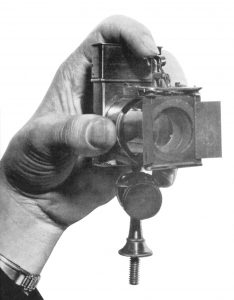
The history of 35mm film cameras is just as cloudy and confusing, because first, you need to clarify what exactly is 35mm film? Are you limiting yourself only to Kodak’s type 135 cassette which has become the ‘de-facto’ 35mm film of the past century, or are you going to include double perforated cinema film used in cameras like Oskar Barnack’s original Leica or the Contax I?
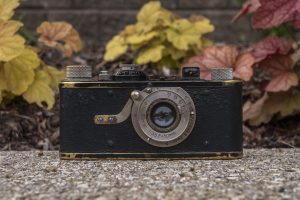
Both the Leica and Contax used a type of 35mm film that was commonly used at that time in 35mm motion picture cameras which were also used in a number of early 20th century cameras like the Herbert & Huesgen Tourist Multiple from 1913 and the Jens Poul Andersen 35mm camera from 1905. The film used in these cameras is often credited to
The reality is, to get to the beginning of 35mm film photography, you have to go back a lot farther than the 20th century and this week’s Keppler’s Vault brings you a two part article which originally appeared in the June and July 1953 issues of Modern Photography which attempts to summarize the history of 35mm film.
The article is hardly complete as there are many contributions to both 35mm film and what the article refers to as “miniature photography” that isn’t mentioned, but I think it is important to remember that this was written in 1953, when 35mm film cameras were still sort of a new concept for many people. Sure, cameras like the Kodak Retina had been on the market for nearly 20 years, but they were expensive and out of the reach of the average snapshooter. For the casual photographer reading this magazine, reading about the history of a film format that they weren’t that familiar with was probably fascinating to them.
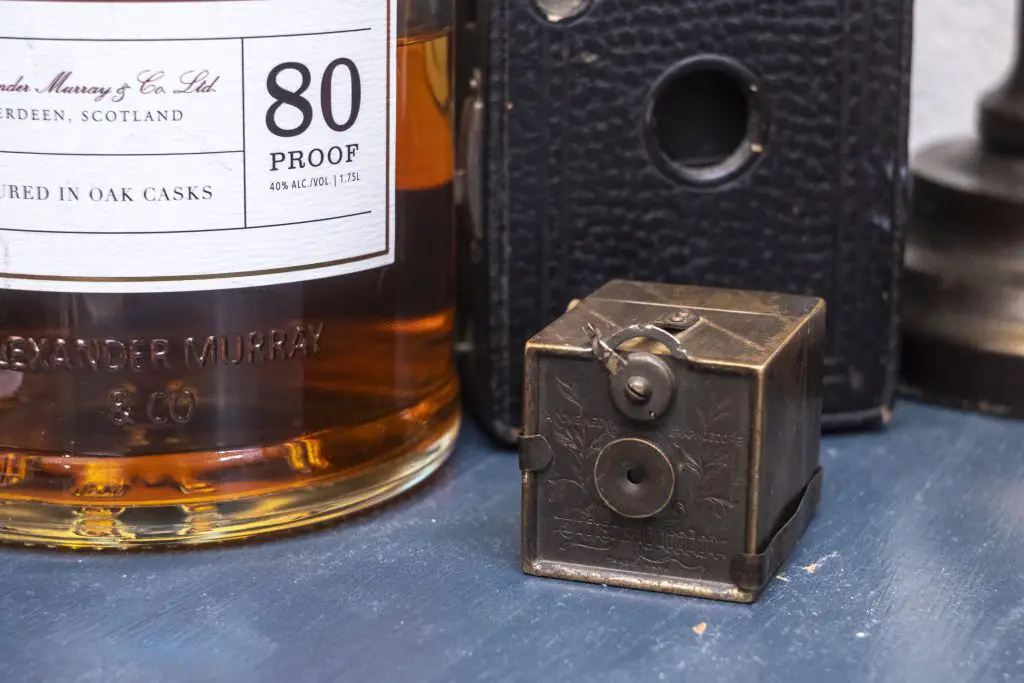
The first part of the original article, which consists of the first 5 pages below covers the “pre-Leica” period of miniature cameras. The earliest example shown is Pistolgraph from 1858 invented by Thomas Skaife. The Pistolgraph uses 1 inch by 1.5 inch wet plates and shoots circular exposures with a diameter of three quarters of an inch. Other early cameras like the Kemper Kombi and Expo Watch Camera are shown and detailed in the article, all of which aren’t exactly 35mm cameras, but examples of miniature cameras that would transition into the era of 35mm film being used.
The second part starts with the Leica, showing both Barnack’s “film tester” Ur-Leica and the 1924 version of the Leica with a flip up optical finder. Arguably, the most important 35mm camera ever made, the Leica would be an enormous success that would be improved upon and copied by competitors all over the world from the Soviet Union, Japan, England, and even the United States.
The story of the Leica is well told, but keep in mind, these articles were published in 1953 when many people likely had never seen a real Leica before and of those who did, few could afford one. To end the history of the 35mm camera with the Leica would leave out a huge number of other innovative cameras like Kodak’s Retina, the Argus C3, the Hansa Canon, and the Nikon F. For as interesting as this early 1950s look at the history of 35mm film cameras was, I wish there was a part three, and probably a part four.
Perhaps the coolest thing about this article is that itself is 68 years old, more than double that of the Leica when it was first published, so it has become a part of history, itself!
All scans used with permission by Marc Bergman, 2021.

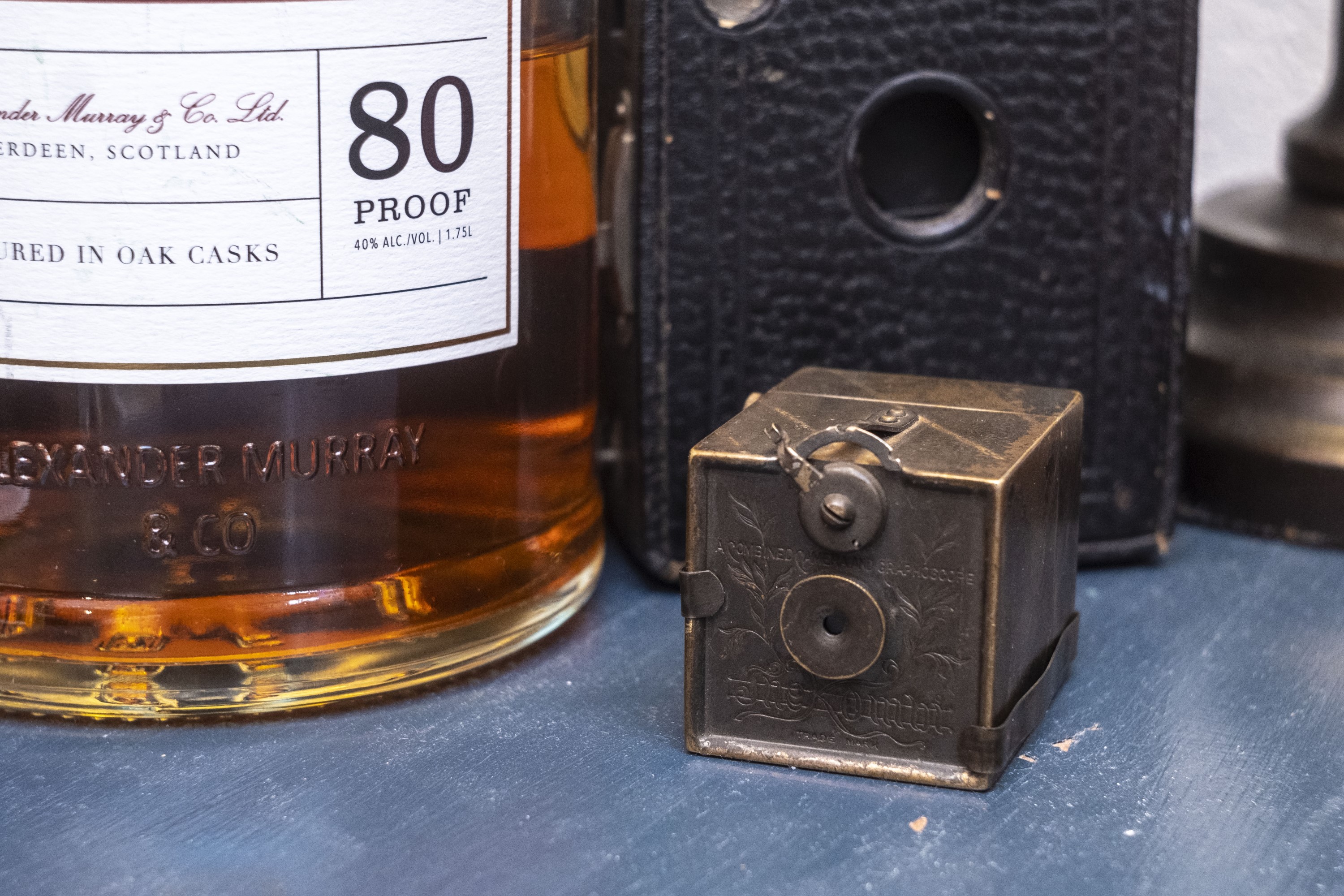
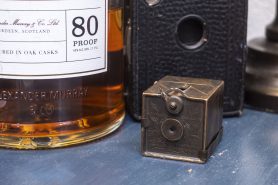
As usual, thanks for the doing these archival digs so I don’t have to! 🙂 Always enjoyable!